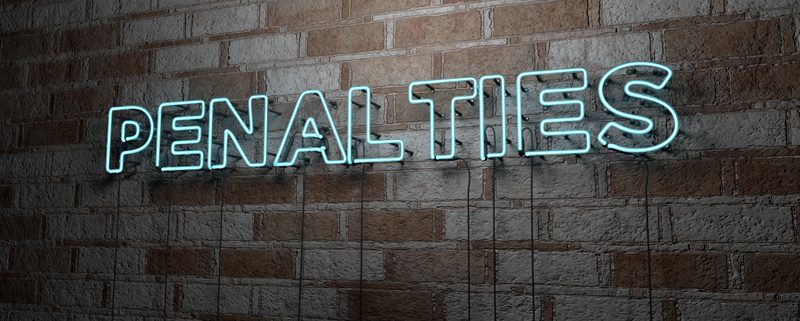Early Withdrawal Penalties and Other Quirks of the Self-Directed IRA
When you use a Self-Directed IRA, the plan is clear: you’re trying to build as sizeable a nest egg for retirement as possible. But that doesn’t mean that’s always how it works out for investors. In fact, many investors are concerned about how to get their money out of a Self-Directed IRA because they know they may need earlier access to that money. To that end, this article will explain early withdrawal penalties and other quirks of IRAs so you know just how flexible these accounts can be.
Early Withdrawal Penalties in a Self-Directed IRA
There’s a clear reason there are early withdrawal penalties in all retirement accounts: Congress wants to encourage investors to keep their money in the account until retirement age. These are retirement accounts, after all; without the incentive to keep the money in the account, these accounts might function more like regular investment accounts.
To that end, Congress imposed a 10 percent excise tax on amounts withdrawn from most IRAs prior to the age of 59 ½. This helps encourage Americans to use their IRAs to build a better retirement portfolio and incentivizes them to keep that money in the account. However, while the 10 percent tax on early withdrawals might be an impediment to taking it out, it still demonstrates that investors have the option of taking a majority of their money out of the account if they want to. (However, it’s also worth noting that this money can be taxed as income, as well, depending on the account you’re using).
Hardship Distributions within the Self-Directed IRA
What happens if someone runs into a genuine emergency while trying to save for retirement? Congress realized that there may be emergency situations in which investors would have to take money out of their retirement. After all, it can be difficult to take money out of investors’ other primary investment vehicles, such as their own home. To that end, Congress did make some exceptions to the 10 percent early withdrawal penalty. These hardship conditions can be the death or total disability of the taxpayer in question. Another hardship is that the investor might be able to take money out of the account to forestall eviction or foreclosure. They may also be able to use this money toward medical bills.
These emergency situations are key to understanding how flexible a Self-Directed IRA—or any type of retirement account, really—can be. If you’re afraid of keeping money in a retirement account because of an emergency, you should know that there may be hardship distributions that can help you pay off these emergency costs without necessarily incurring the same penalty as someone who was taking money out of the account at will.
Required Minimum Distributions in a Self-Directed IRA
One key point to understand is that for pre-tax accounts, like a Self-Directed Traditional IRA, the IRS does expect to get its money at some point. Because contributions are tax-deductible, the money in these accounts can be considered “pre-tax.” For that reason, you will be required to eventually take required minimum distributions from the account. There are some exceptions, such as the case of the Roth IRA, in which the contributions aren’t necessarily tax-deductible. Because the IRS won’t be coming after your Roth IRA money for taxation, the money in these accounts does not have the Required Minimum Distributions rules in place. You can keep money in a Roth IRA for as long as you want it to keep growing.
Interested in learning more about Self-Directed IRAs? Contact American IRA, LLC at 866-7500-IRA (472) for a free consultation. Download our free guides or visit us online at www.AmericanIRA.com.







